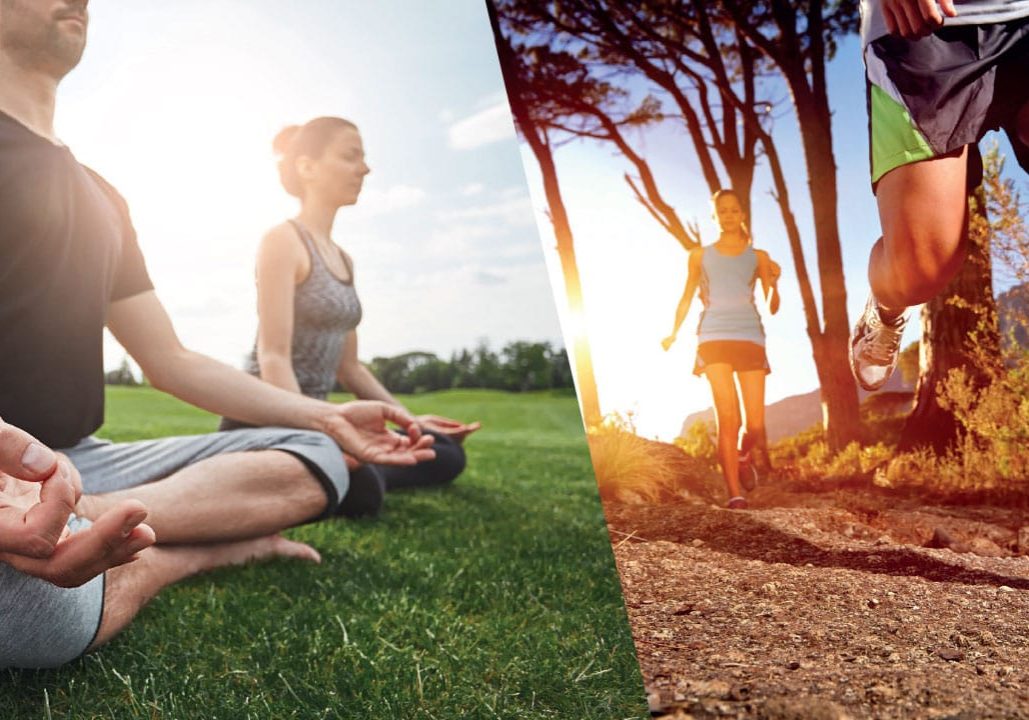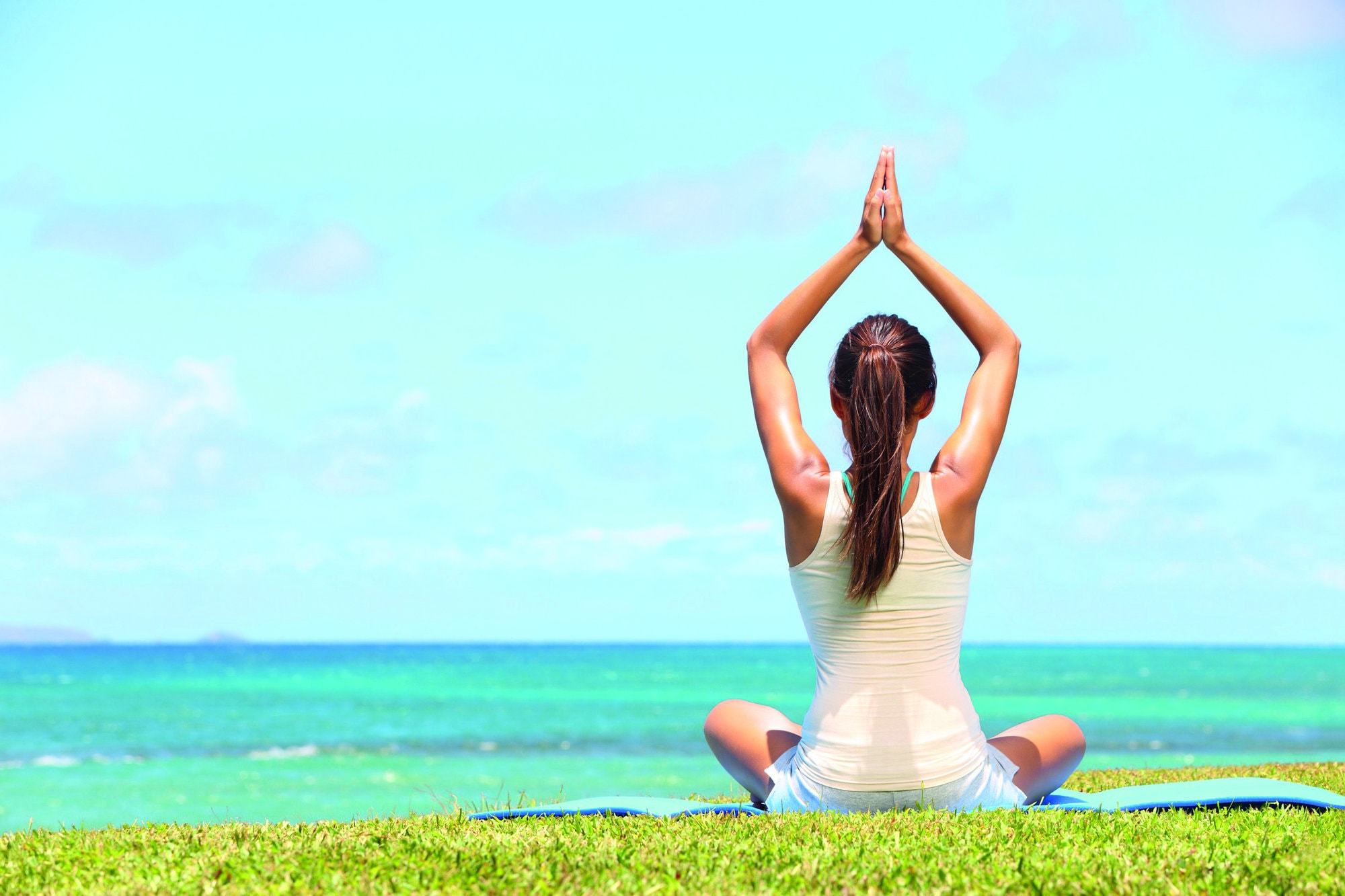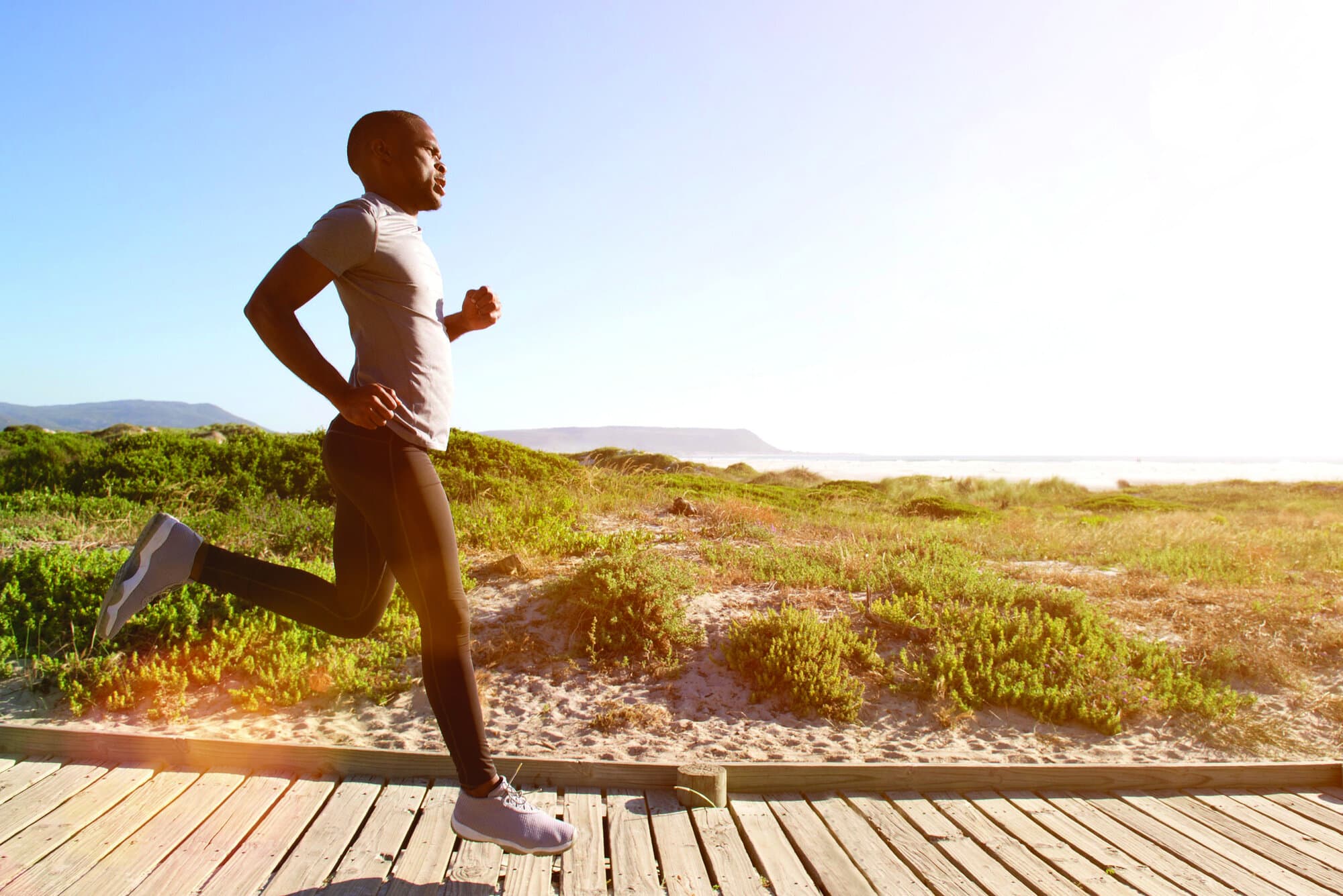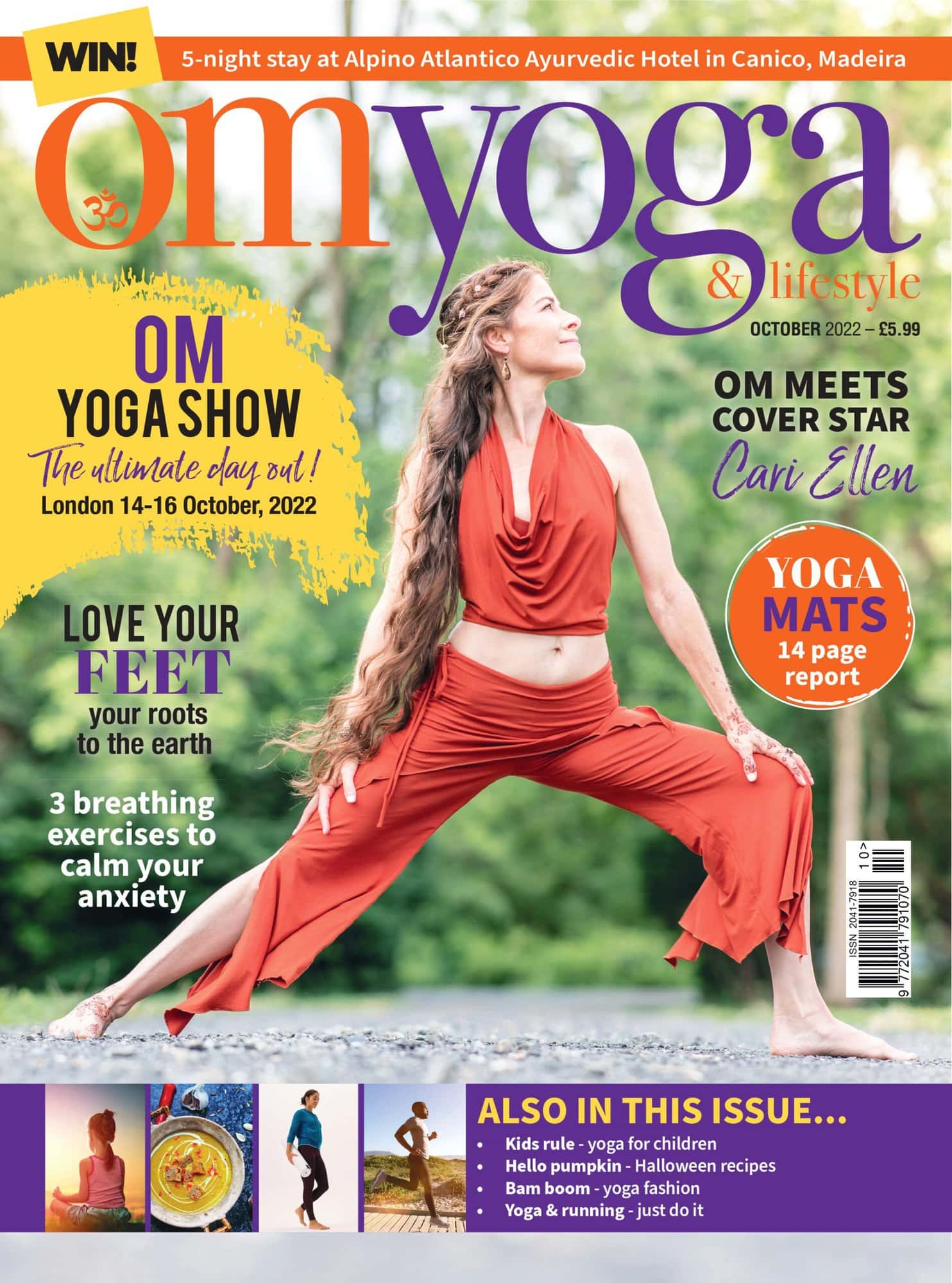
Yoga and Running
Are yoga and running opposite ends of the spectrum or much more similar than you’d think? By Ali Parker
When we think of going for a run it’s often associated with cardiovascular fitness, weight loss, trying to train for a race or beat our own best time. Yoga on the other hand is often billed as being a gentler form of exercise, perhaps something that you would do if you can’t run for some reason. But are they really at such opposite ends of the spectrum?
Yoga and running both build on your mental resilience
Have you seen the episode of Friends where Monica calls round to Chandler’s to encourage him to go out for a morning run? He’s not keen, while she is bouncing around, raring to go. All he has to do is remind her that she doesn’t have a boyfriend and how her career hasn’t taken off in the way she wanted it to. Before long she is snuggling down on the sofa under a blanket, ready for a nap.
We all instinctively laugh at comedy because we see something we recognise in ourselves. Chandler’s clever tactic meant that even though Monica’s body was just as fit and able to go running as it was five minutes before, her mind had gone into a different place and that was make or break for her.
When we practice mindful movement through yoga, we practice noticing our thoughts and the impact that those thoughts can have on our bodies. The more we practice noticing, the more we can be aware of limiting beliefs or negative thoughts that come up for us before, during or after a run and we can choose consciously to reframe or ignore them. And often in a yoga class we can notice those sabotaging voices too.
Though it may not be as intense as a session of running, where our lungs are burning and our legs are begging us to stop, a yoga session might be challenging us in different ways. ‘This is boring, I don’t seem to be moving at all, what is the point of this?’ Or ‘That person on the green mat seems to be able to reach much further than me’ or ‘I’m never going to look like that teacher so what’s the point in trying.’ Notice these thoughts, but taking a conscious decision to step back from them is what our yoga practice is all about, both on and off the mat.

Yoga and running both help you get into the flow state
Flow state is recognised by psychologists as being completely absorbed in a task, with a clear goal and a rewarding outcome in the moment (rather than in the future). You are balancing out effort and ease, challenge and skills. You feel in control of the task. You are so absorbed that your actions and awareness become almost one, so that time often seems to slow down or pass without you noticing. Your mind is in a state where random thoughts, worries or general ‘rumination’ take a back seat and you are just ‘in the zone’.
According to one of the founding fathers of positive psychology, “The best moments in our lives are not the passive, receptive, relaxing times…The best moments usually occur if a person’s body or mind is stretched to its limits in a voluntary effort to accomplish something difficult and worthwhile.” (Csikszentmihalyi, 1990)
When I went on a surfing lesson with my husband and kids last summer, we were having so much fun. I was completely absorbed in listening to the instructor, trying to get the moves right; it was challenging but I didn’t feel completely overwhelmed by it, I was helping my youngest daughter too. That was a clear moment in my life where I wasn’t mentally making a to-do list or worrying about the news.
How do yoga and running help you get in this state? In a good yoga session, if it’s at a level where you feel like you know what you’re doing but you’re also being challenged physically, where you’re moving and breathing, following the teacher, focusing on what you need to do, how you need to breathe, what the sensations are in your body, there isn’t much room for mental shopping lists there either. The same with running: if you can put one foot in front of the other, regulate your breathing, find your pace and work on your speed, a flow state can occur.
I’m not saying every time we run or do yoga we automatically get into flow but they are both activities that are conducive to allowing it to happen.
“The best moments in our lives are not the passive, receptive, relaxing times...The best moments usually occur if a person’s body or mind is stretched to its limits in a voluntary effort to accomplish something difficult and worthwhile.”

Yoga and running both teach you how to put one foot in front of the other when the going gets tough
In any yoga posture we are invited by the yoga sutras to aim for a balance of effort and ease, to show up and do our best while also being kind to ourselves. But when you meet a point of resistance, say for example the stretch feels uncomfortable or you just don’t ‘take off’ in the pose no matter how closely and patiently you follow the teacher’s instructions, this is a perfect opportunity to put an important life lesson into practice.
You can either choose to give up, or you can choose to be with the discomfort, to notice what your mind is telling you about it, and to carry on regardless. Of course, I always make sure to tell my students that they need to be aware of their bodies and differentiate between the discomforts of not liking something, being in a deep stretch or just plain frustration with a pose, and with something that is actually painful and by staying in it you might do more harm than good.
The same principle applies in running. When you start to feel the physical discomforts and your mind starts complaining, telling you that you’re going to faint or get an injury or die on the spot in this beautiful park in front of all the dog walkers, you need to tune in to what your body is telling you. Is your pain sharp, do you feel dizzy, might you fall over? Or actually is all you are feeling a lot of physical discomfort that you could carry on with if only you could get your mind out of the equation.
In the most real terms, endurance running teaches us to just keep plodding on, putting one foot in front of the other even when things seem impossible, to carry on. Then we can start to bring this skill that we learn in our yoga and running into other problems we encounter in daily life.
So are you a runner or a yogi? And do you have to choose?
If you think you’re a yogi but not a runner, why not use a running practice as another part of your mindful toolkit? And don’t forget that all but the strongest vinyasa flow practice will struggle to get your heart rate up and your sweat on in the same way a run will. Running can be a great complement to a regular yoga practice so that you can keep your sweating off the mat but still maintain or improve your cardiovascular health.
If you think you’re a runner, but yoga isn’t for you, there are of course some very practical ways that yoga can help with your running practice. We often see ‘Yoga for Runners’ classes advertised which are a great way to use the benefits of yoga to focus on strengthening the major muscles needed to run as well as balancing that all out with stretches focused on the areas of the body where runners tend to pick up the most injuries. But rather than seeing a weekly yoga class as a glorified stretching session, why not see it as a way to train your mind to be more focused, to get in better touch with your breath and body and how they work together, to be mindful of your own body’s strengths and limitations?
In short: yoga enhances running, and running enhances yoga.
Ali Parker teaches Mindful Flow Hatha Yoga online and in studios in Hertfordshire. Her six-week online Yoga for Runners programme brings together all the aspects of yoga that will help you get started with running or enhance your existing training, Visit: mindtheyoga.com/classes or connect via Instagram and Facebook @mindtheyoga




